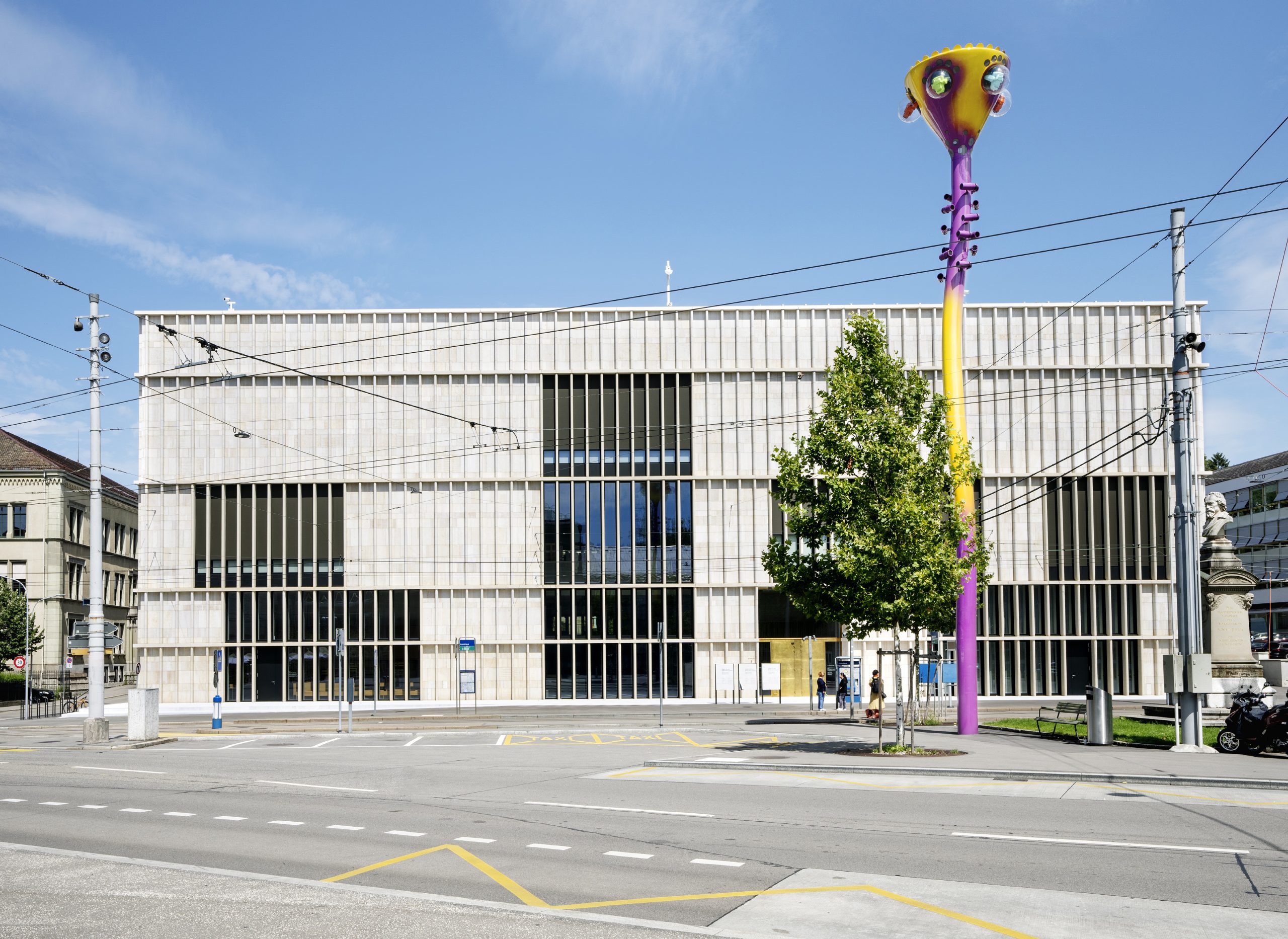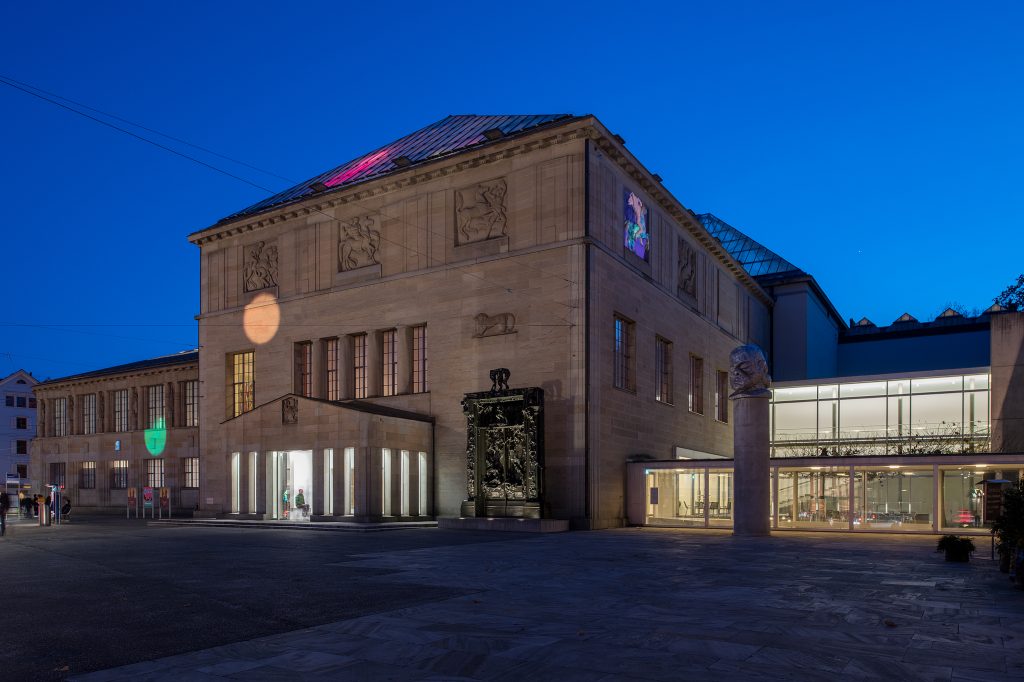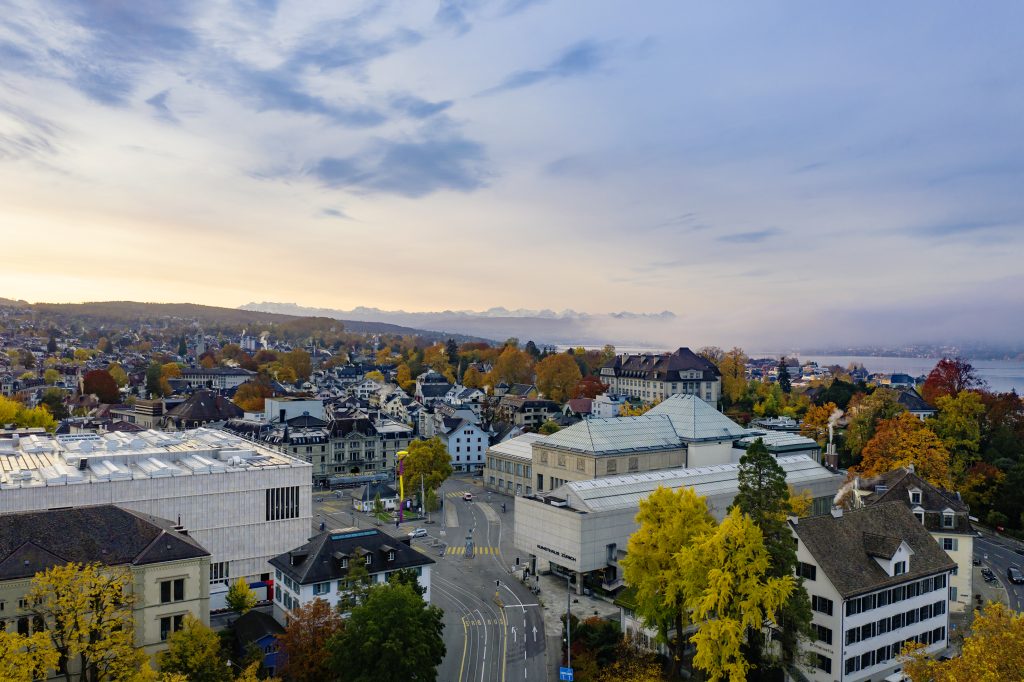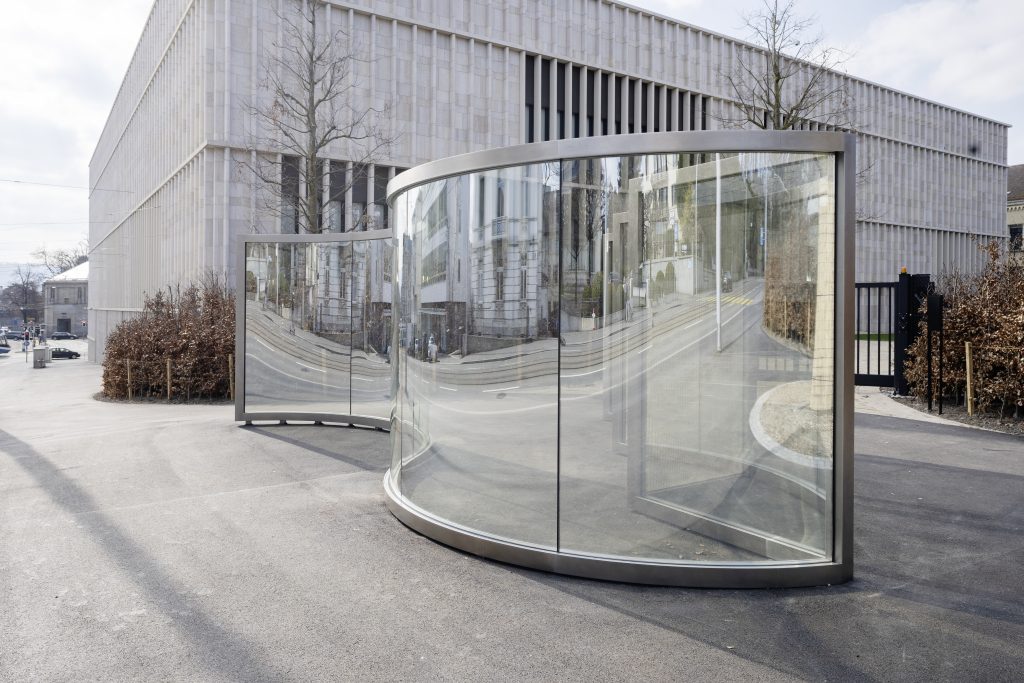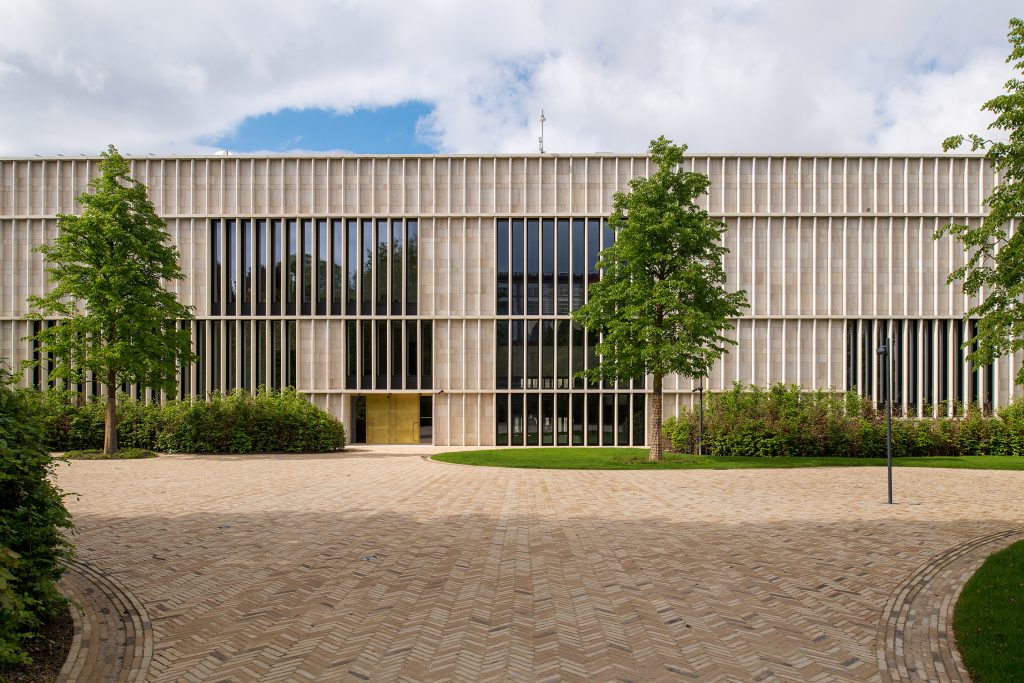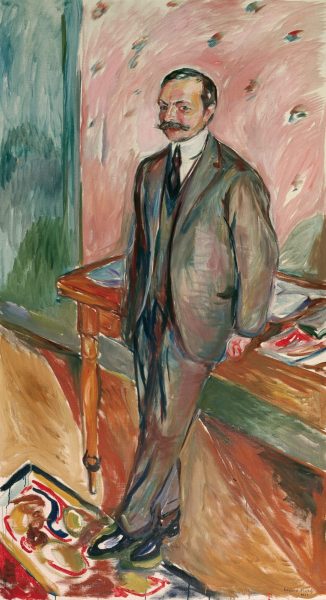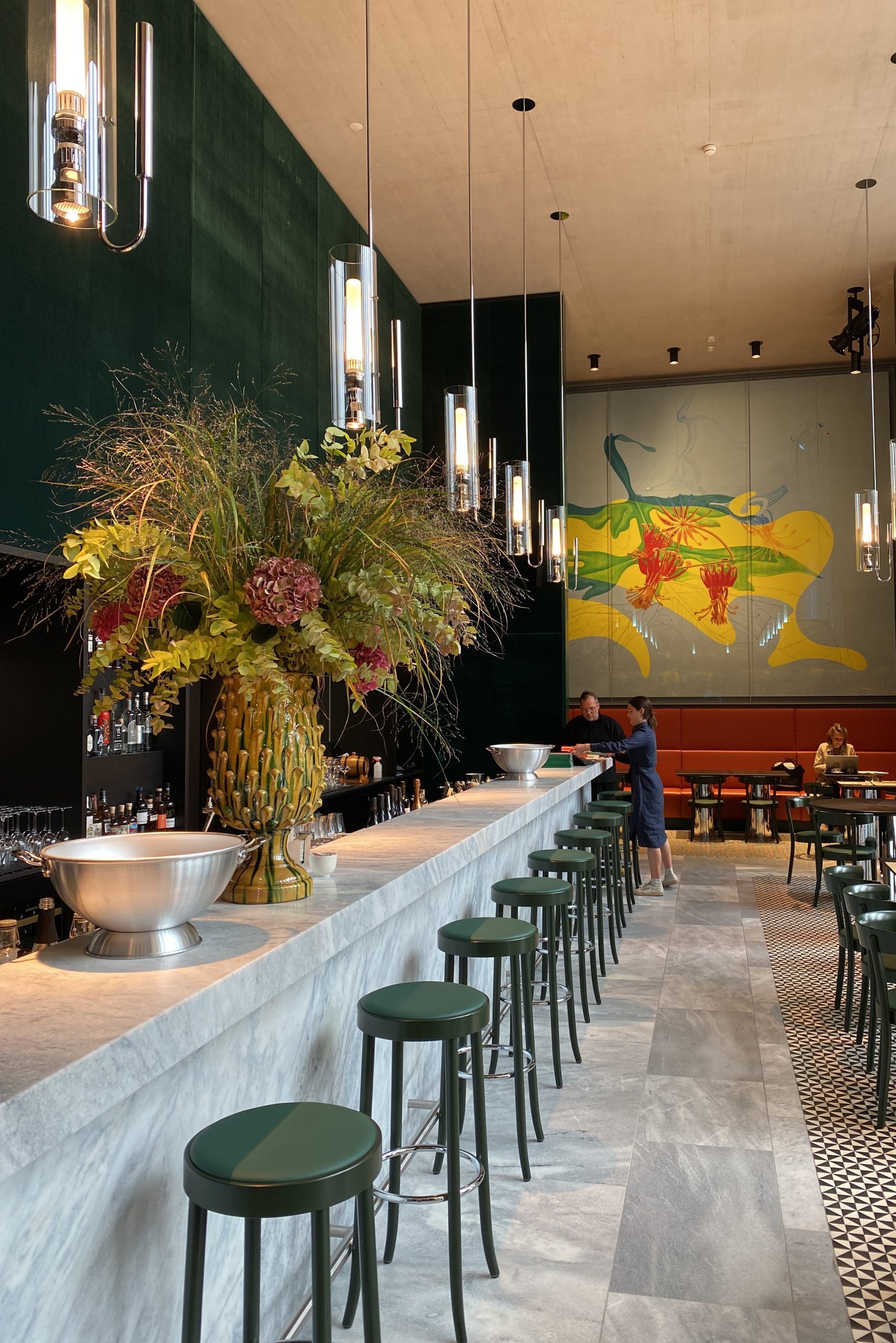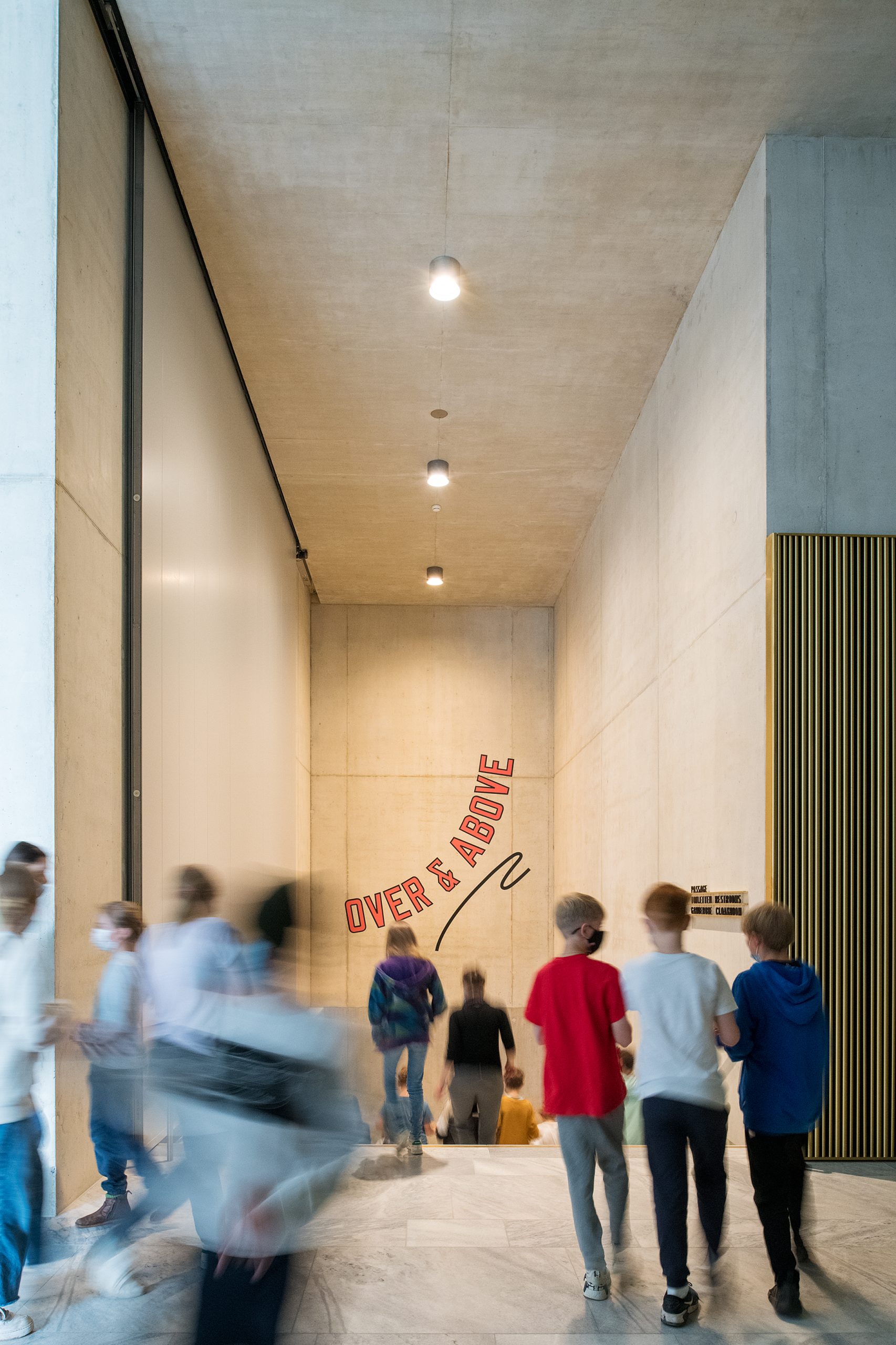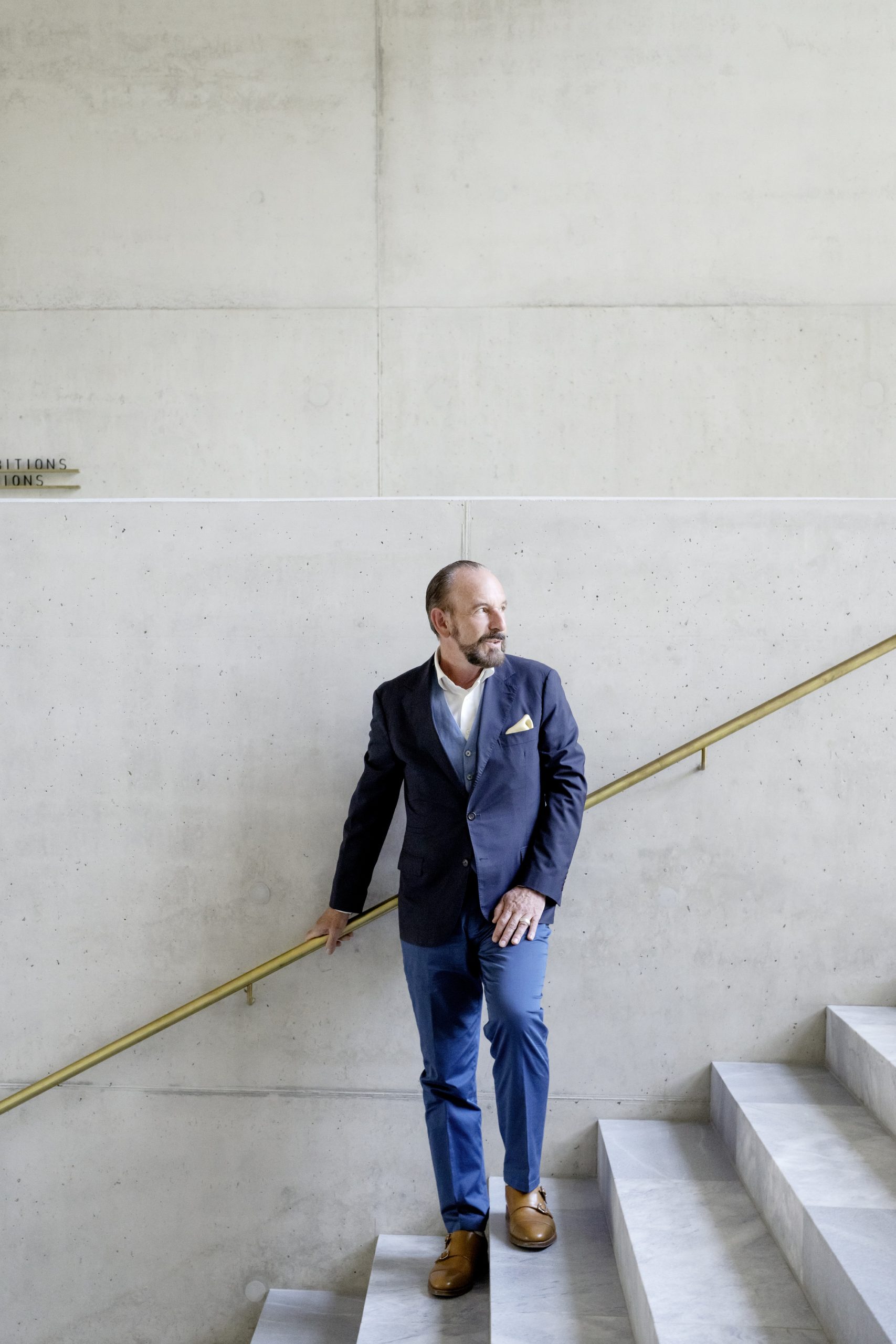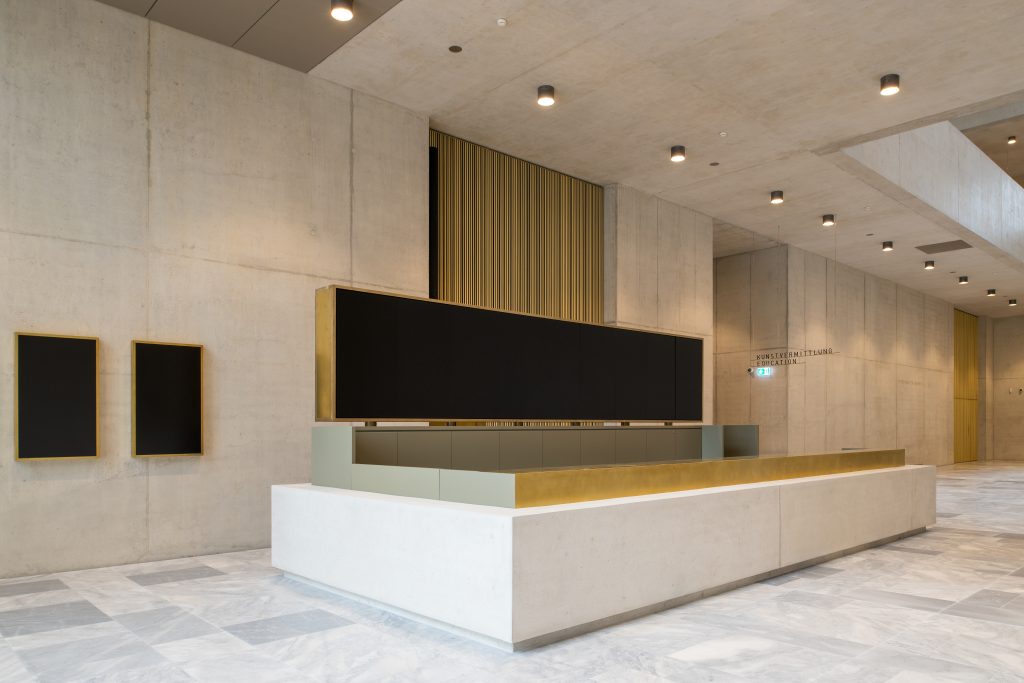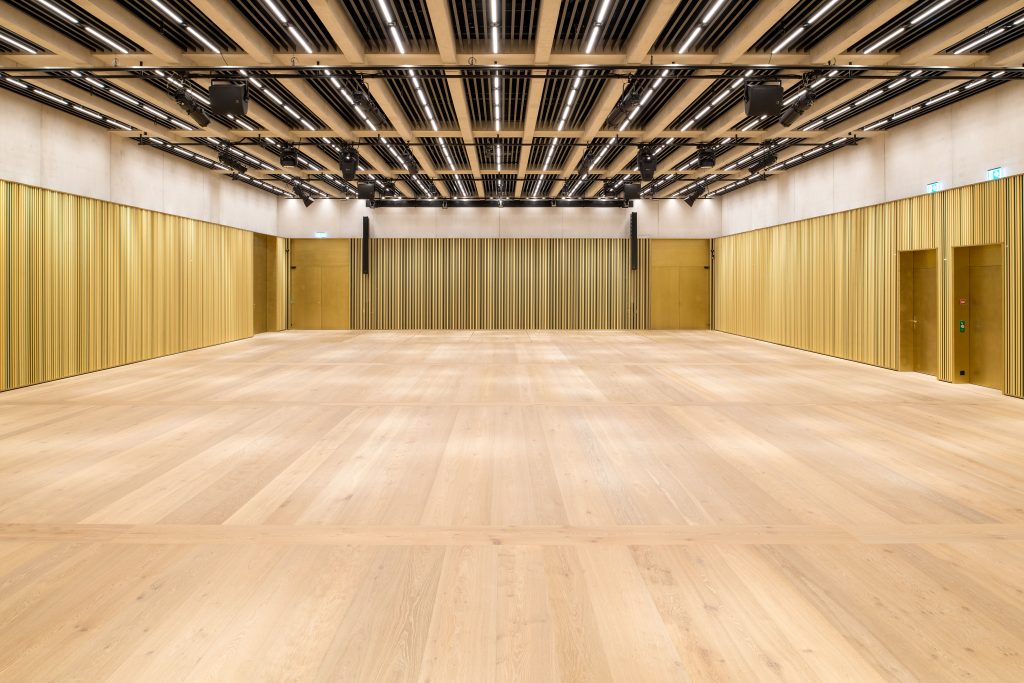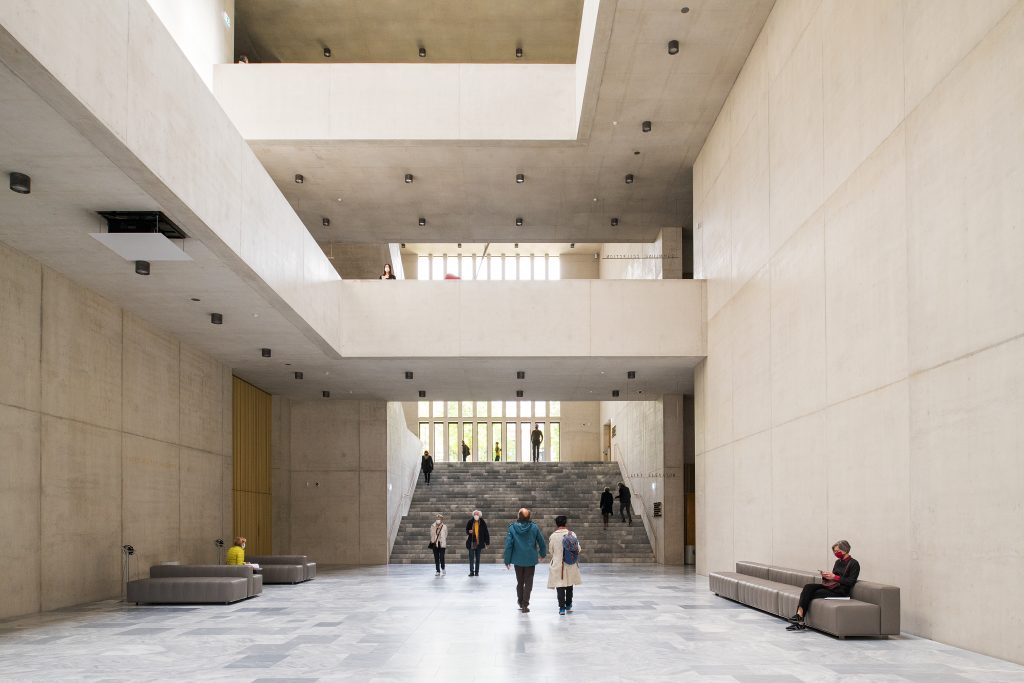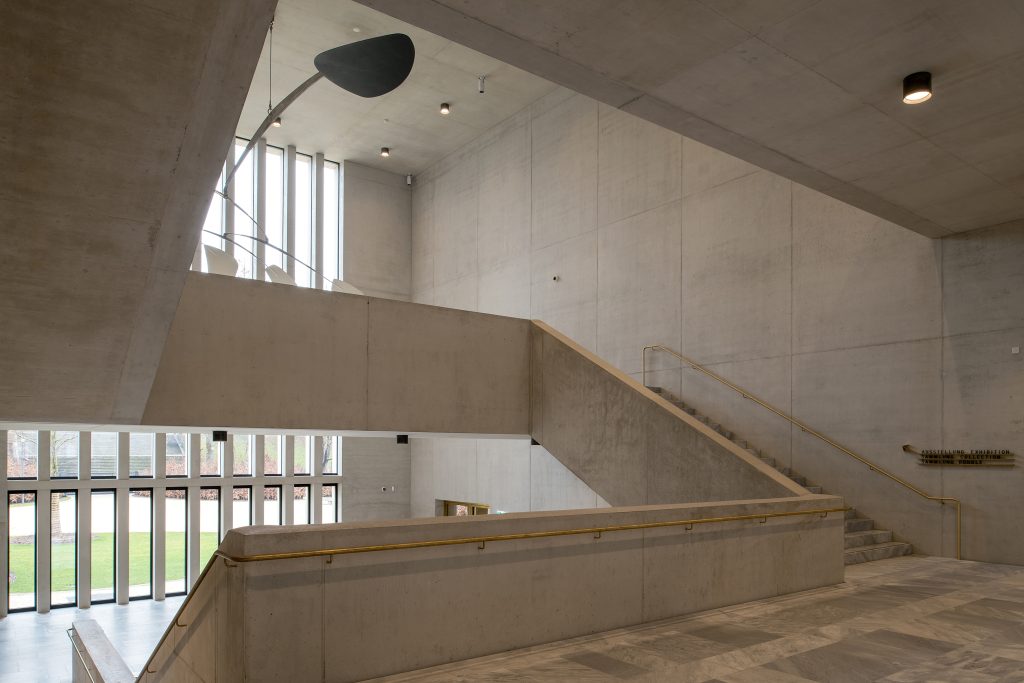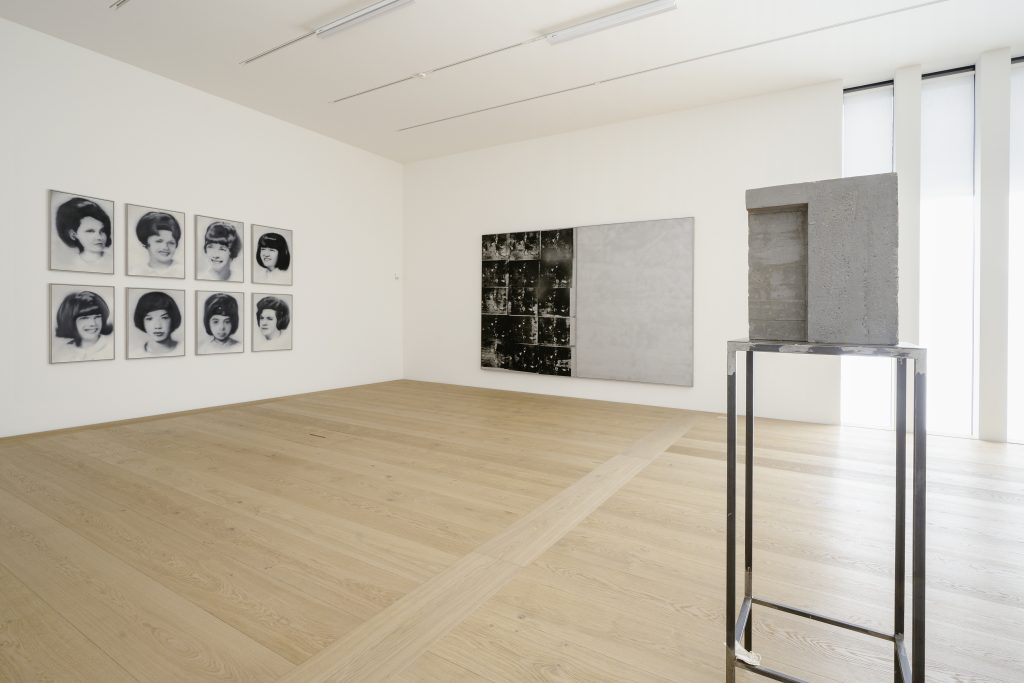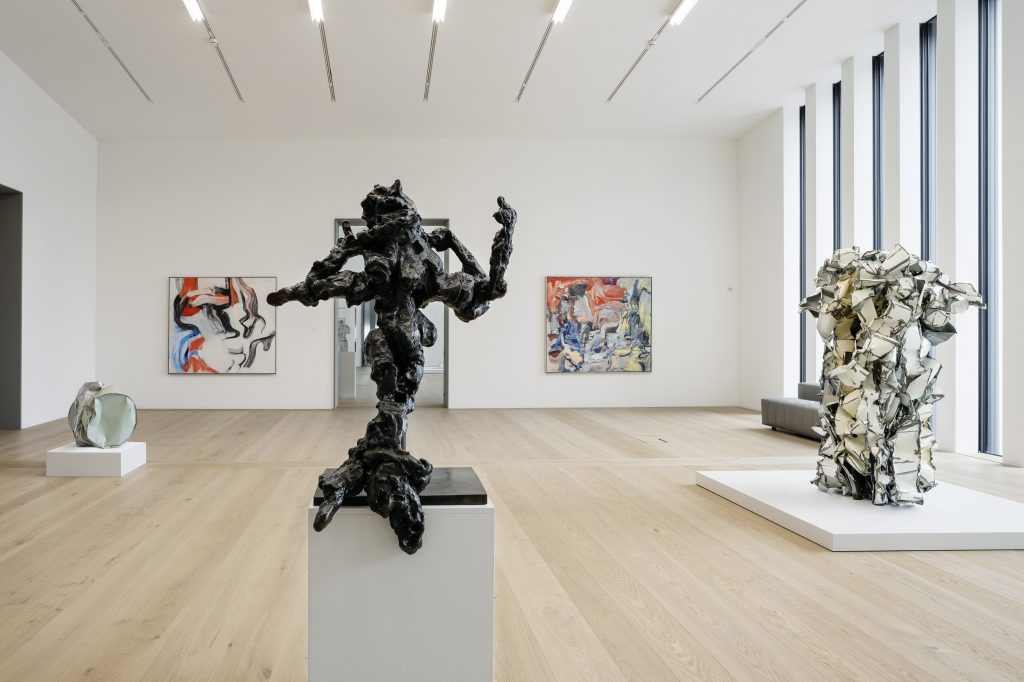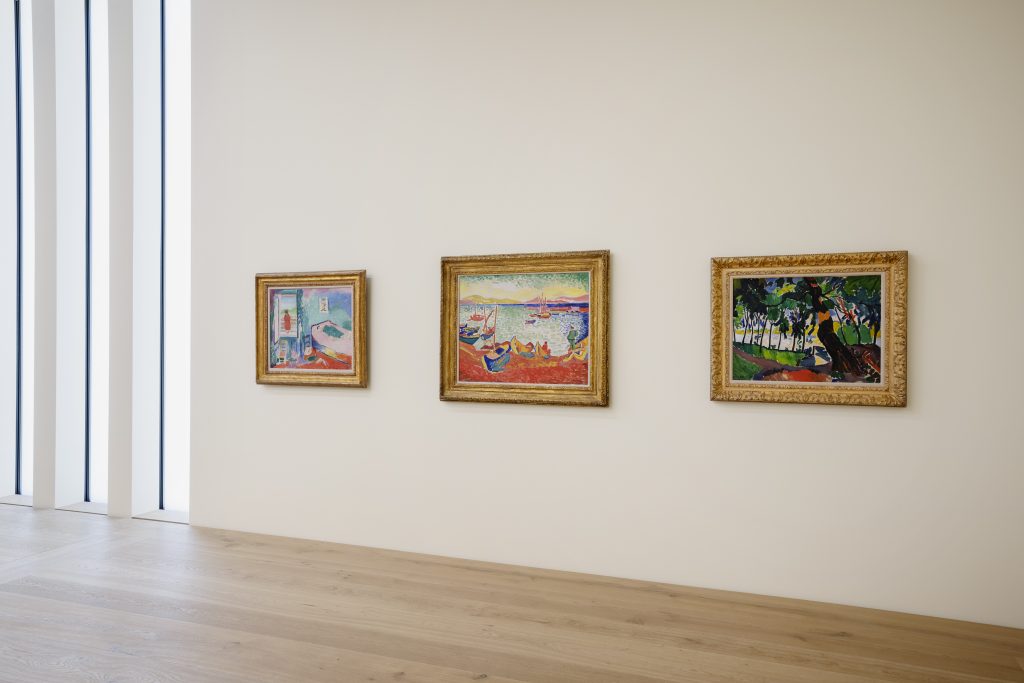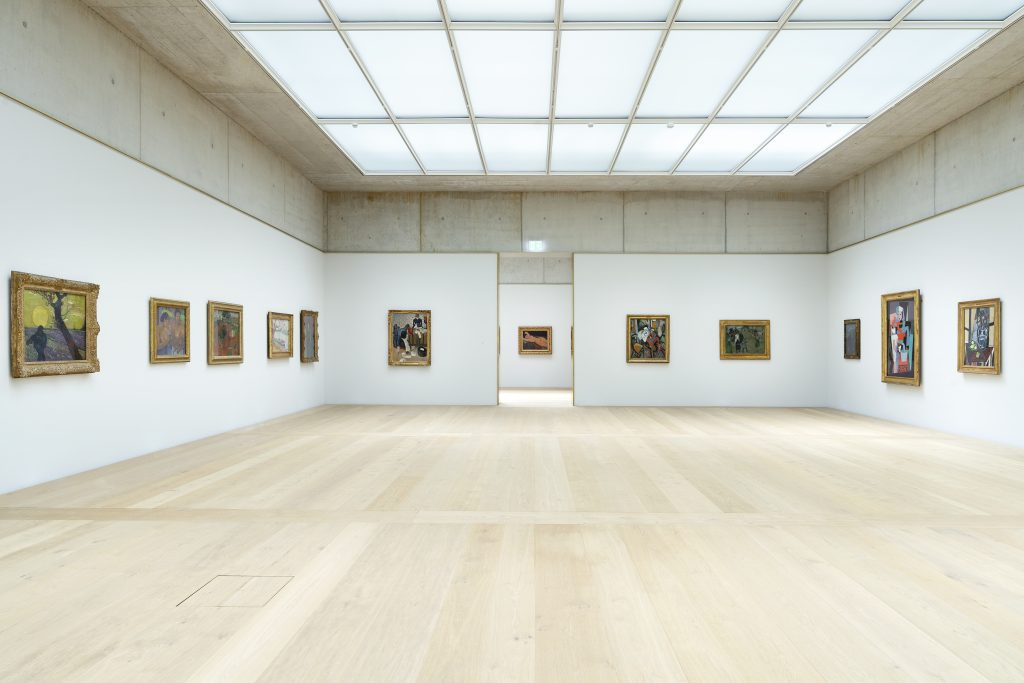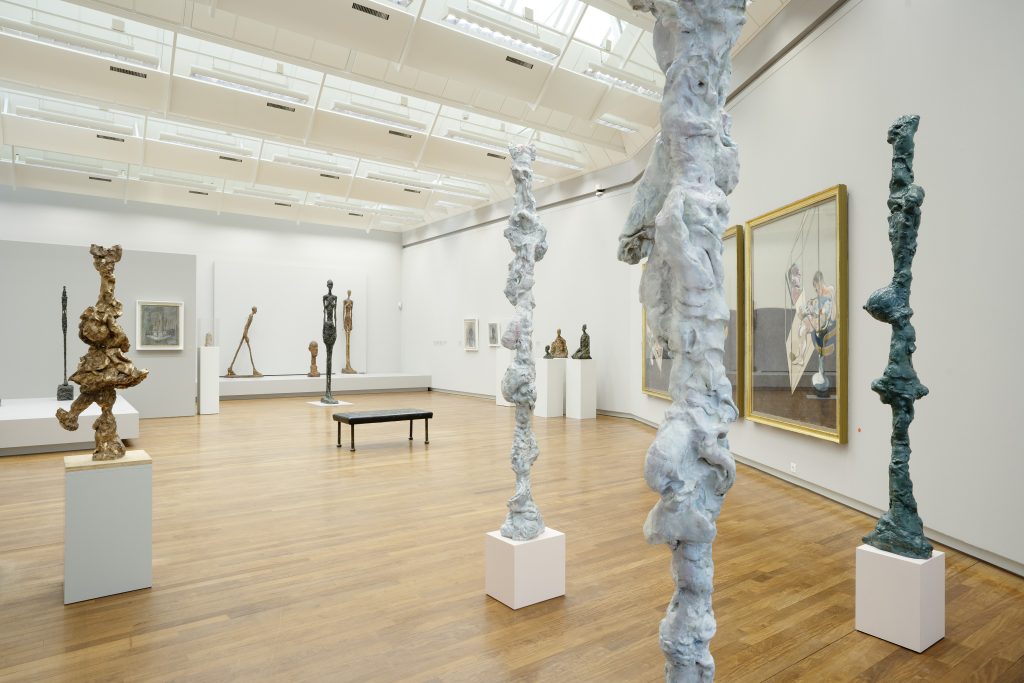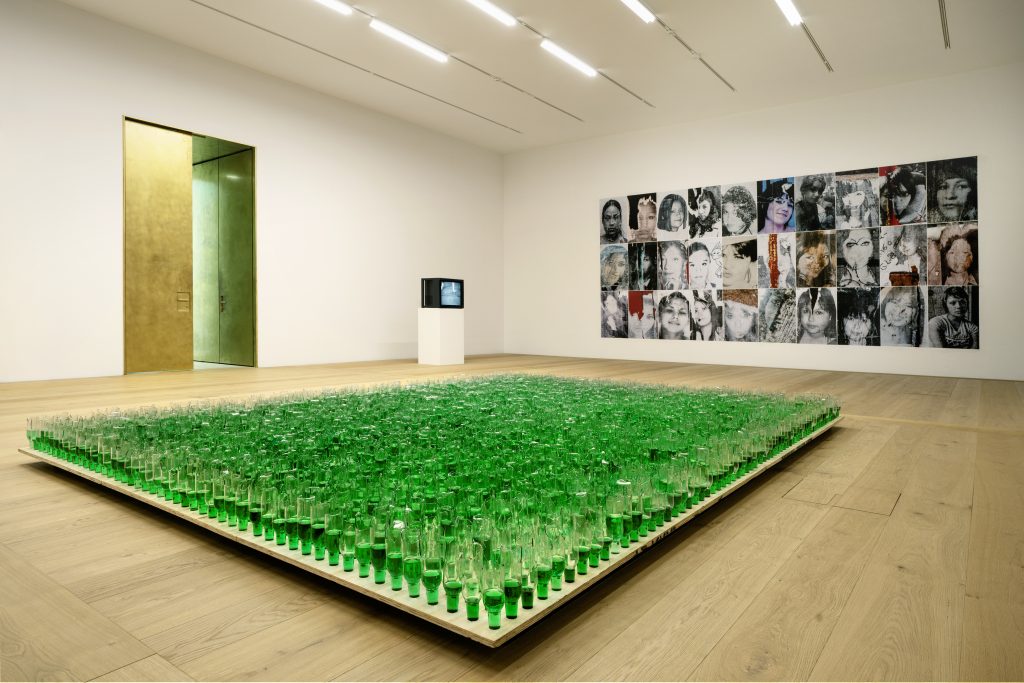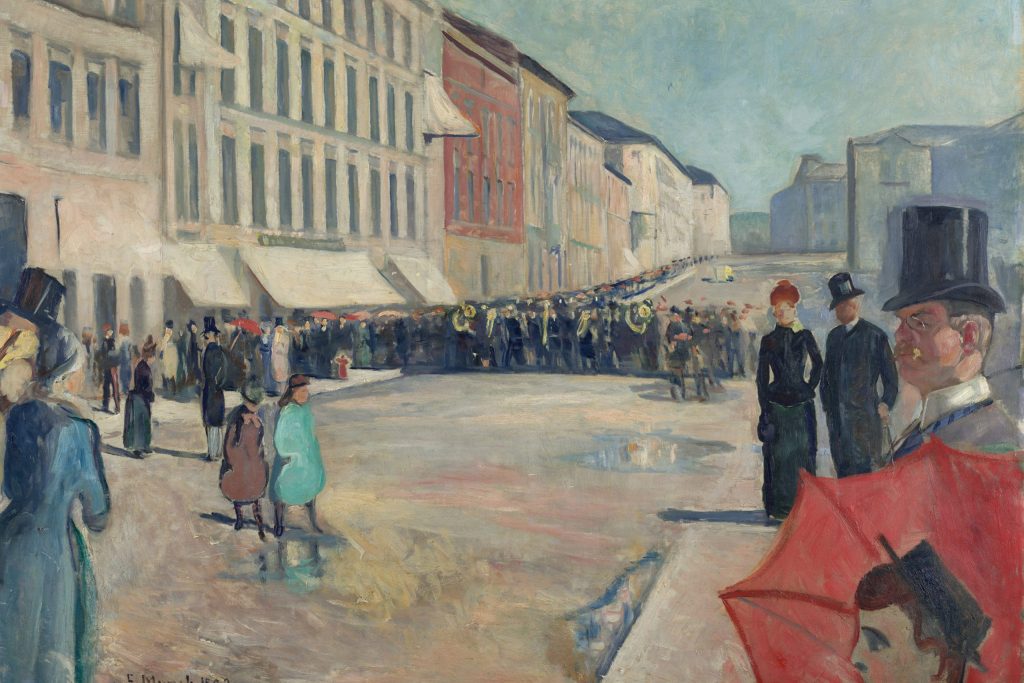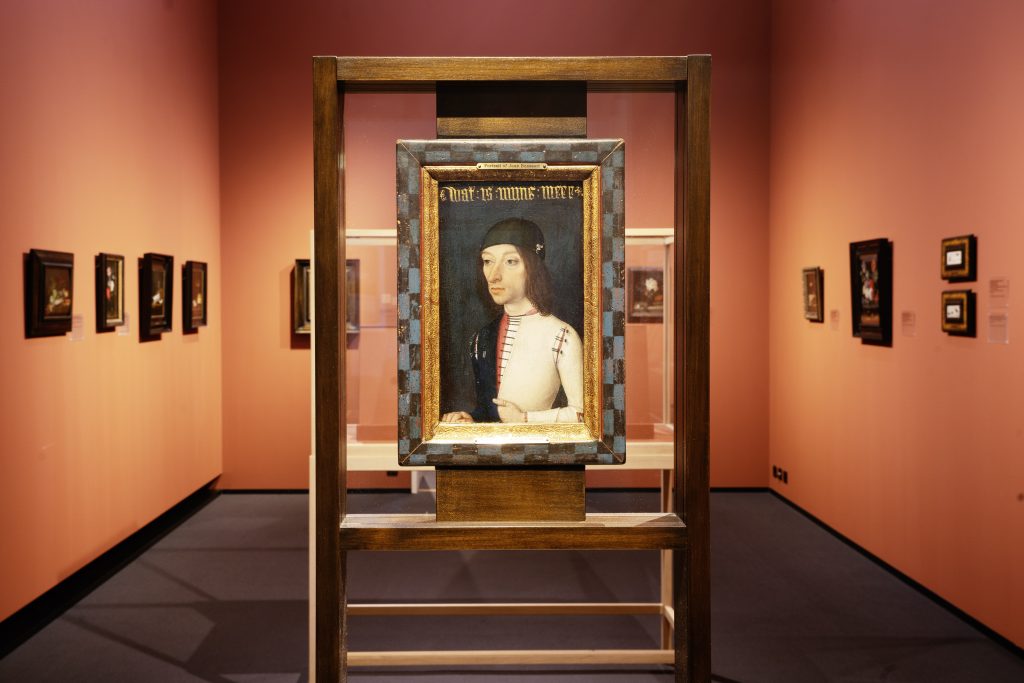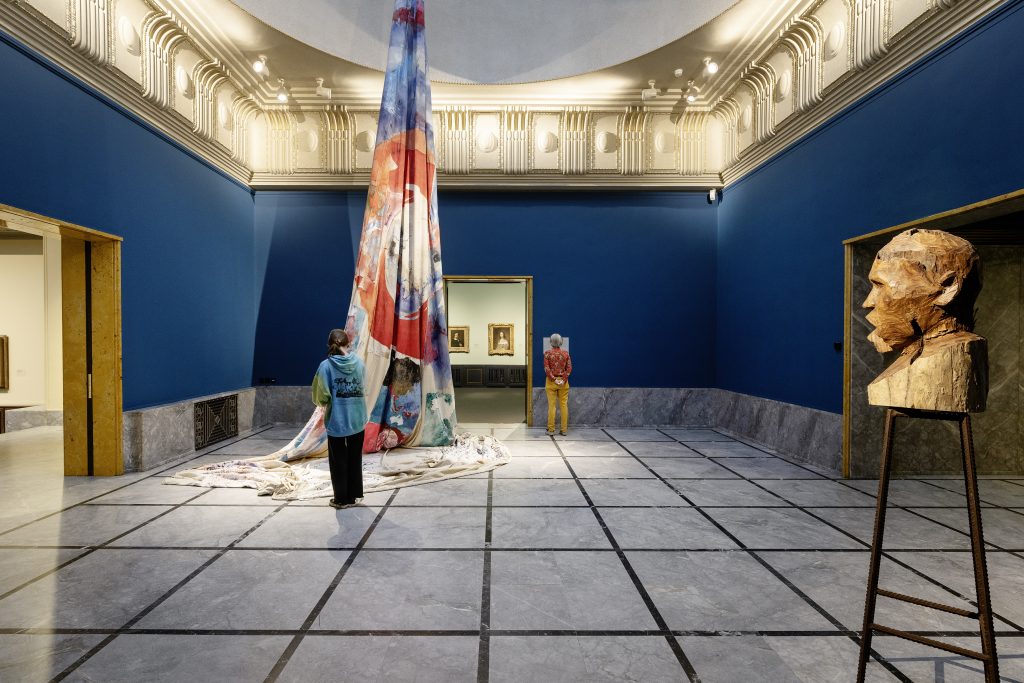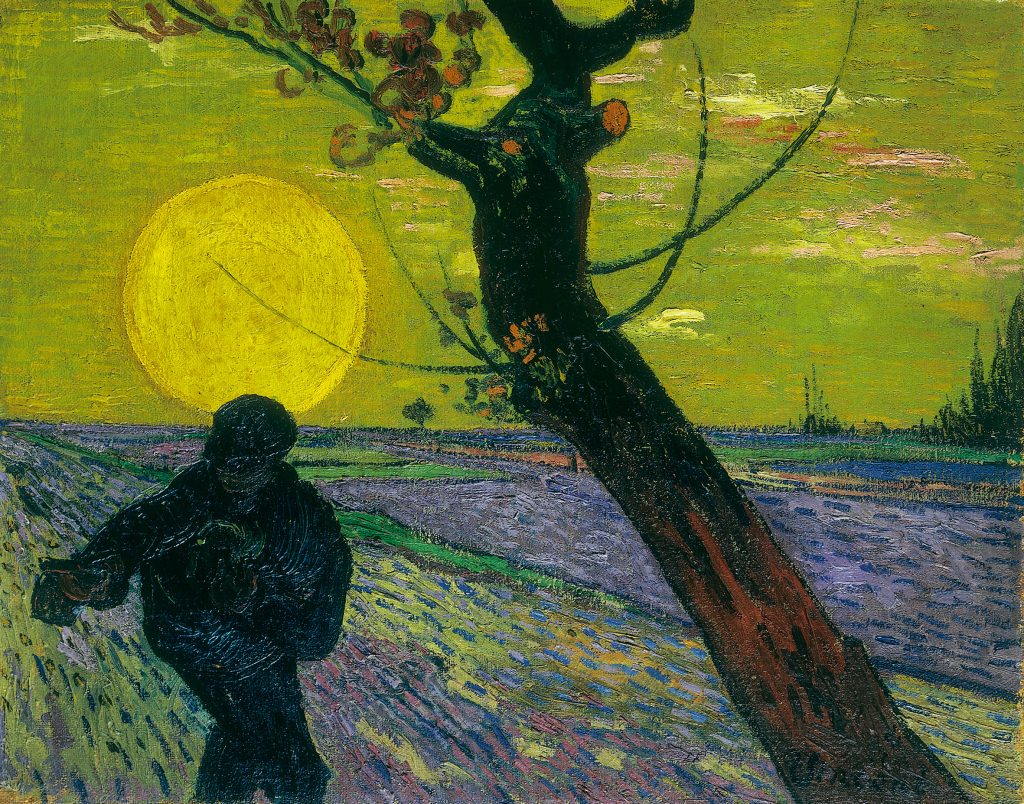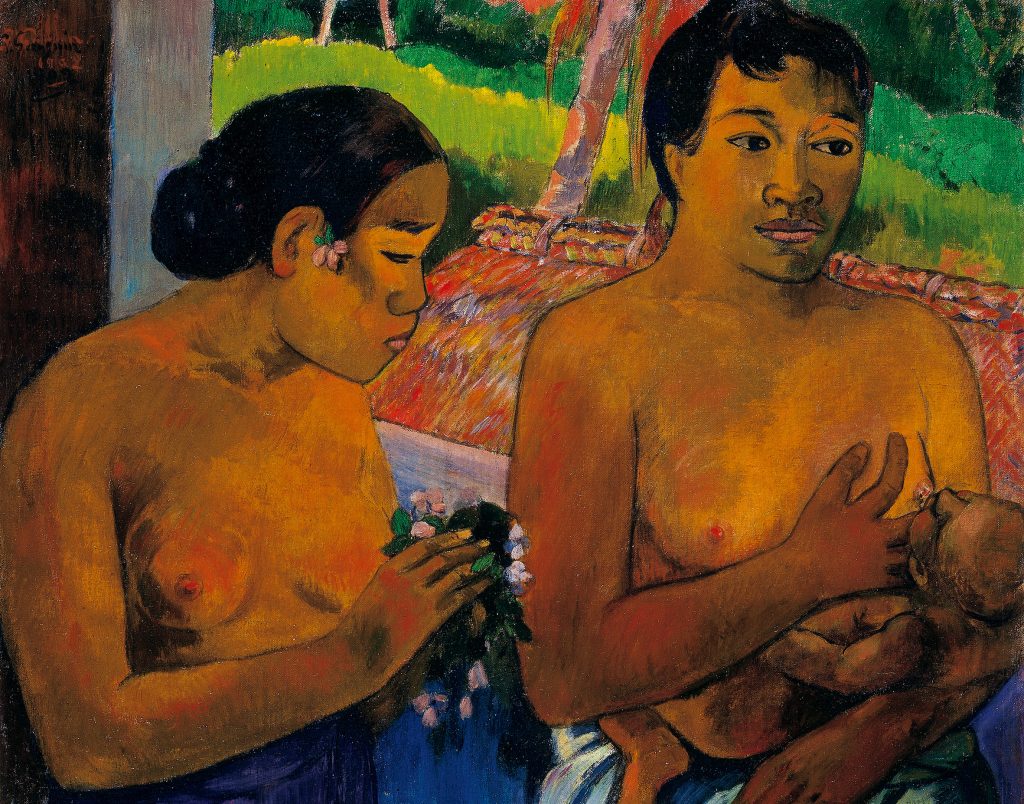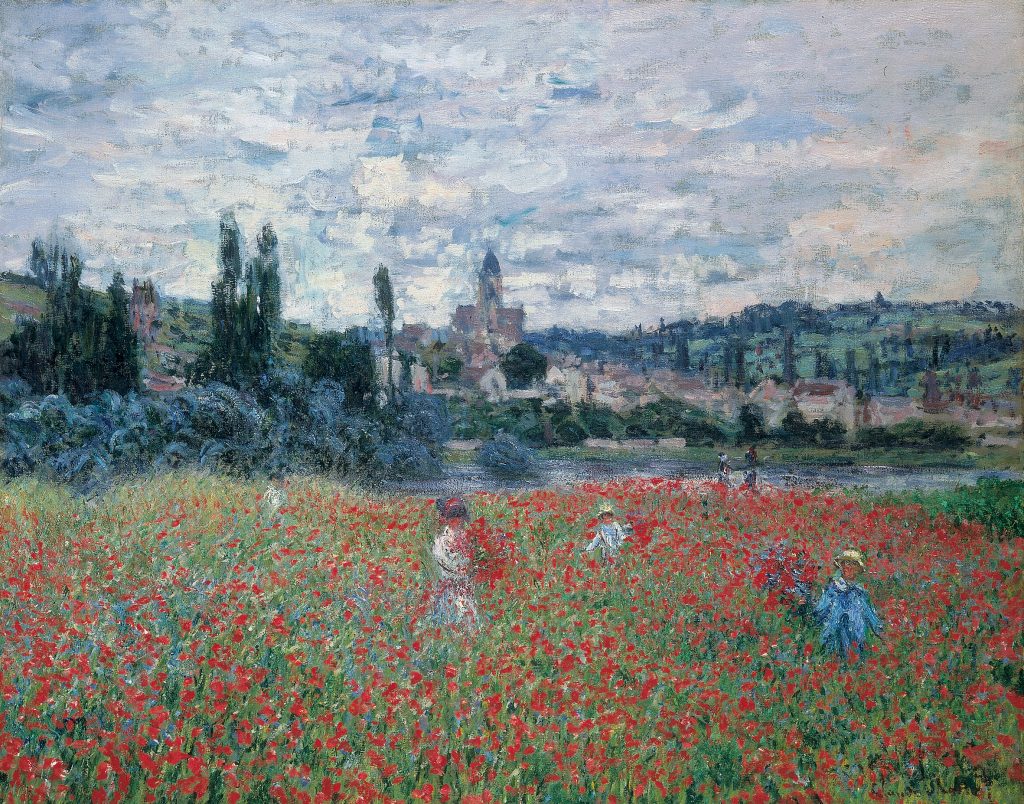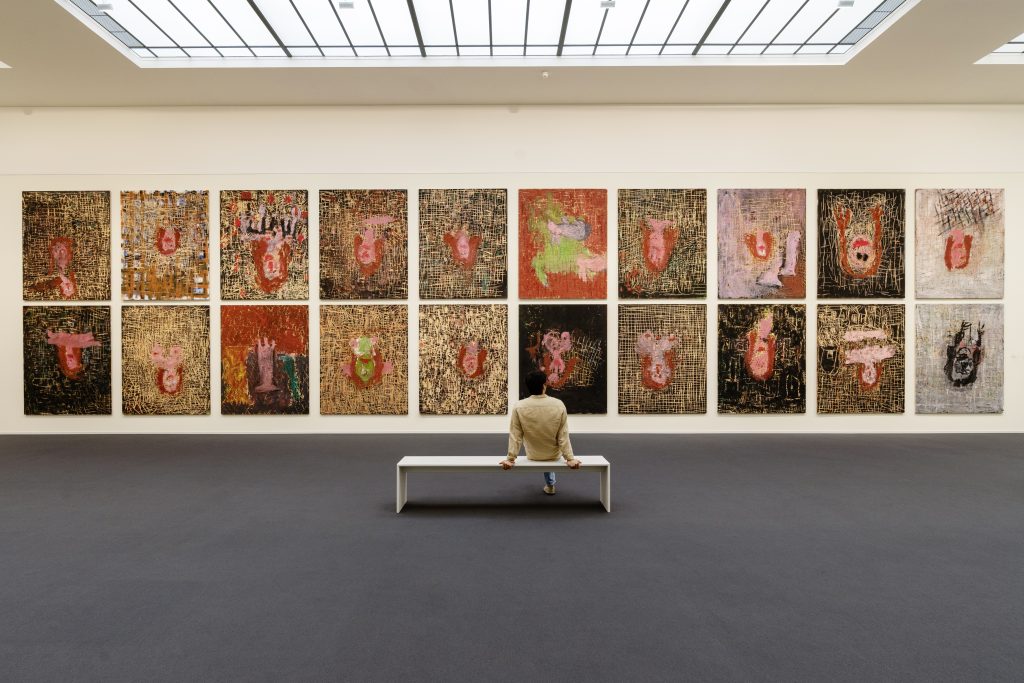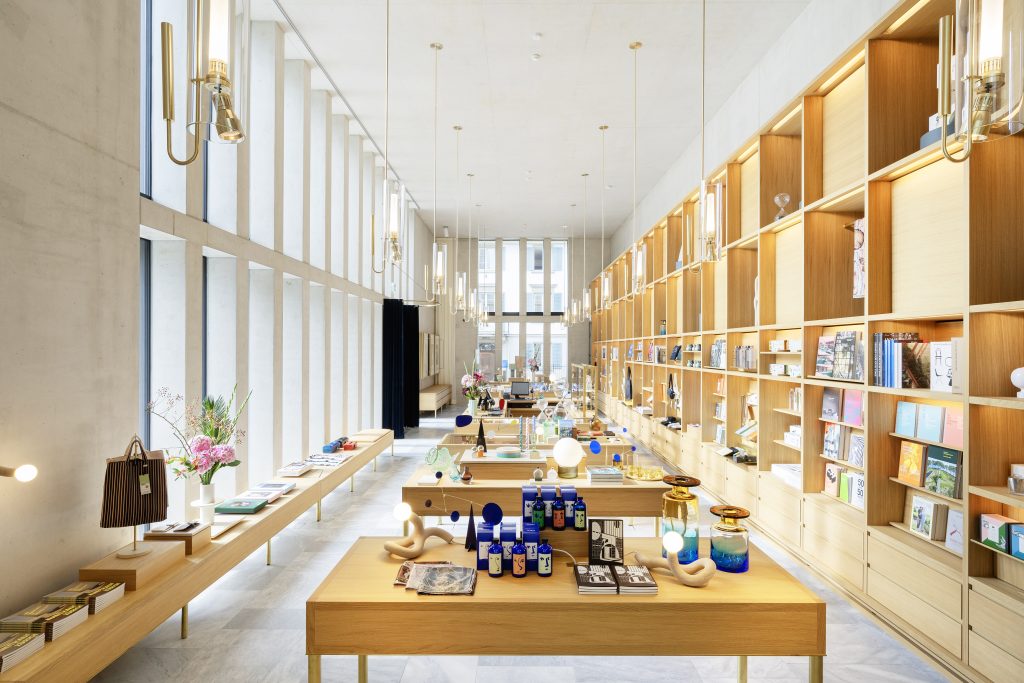The Kunsthaus in Zurich, Switzerland, today the largest Swiss museum in the country’s cultural hub, contains one of the more important art collections in Switzerland with works spanning the Middle Ages to contemporary art with an emphasis on Swiss art. Its story, begins not with a prince or a government subsidy but with a small, sociable group of artists and art lovers who met regularly from 1787 for friendly discussions and mutual encouragement.
Founded in 1787, the Kunstlergesellschaft or Artist Society began to collect works of art in 1794. Every member donated either one of their own drawings or a work by another artist towards what they called a “Malerbuch” or an artist’s book. In 1812, they secured a loan to acquire premises which initially functioned as a club house. Due to an international fund appeal, it became possible in 1818 to obtain Zurich’s main artistic attraction, the Gessnerische Gemählde-Cabinet for the city, comprising 24 gouache landscapes and a large number of drawings by Salomon Gessner.
In 1847, the rotating exhibition organized by the Swiss Fine Arts Association for 1840 onwards provided the impetus to annex a small gallery designed by Gustav Albert Wegmann to the original building. For a long time the new museum was dominated by a representative selection of Zurich paintings donated by Colonel Keller zum Mohrenkopf in 1854.
In 1910, the Kunstgesellschaft was able to inaugurate its new Kunsthaus building, built in the modern Jugendstil (Art Nouveau) by the well- known Swiss architect Karl Moser, thereby giving the permanent collection and the temporary exhibitions a home in compliance with the highest museum standards of the time.
Because of the small size of the collection, the first curator and later director from 1909 to 1949, Wilhelm Wartmann, initially concentrated on Swiss art, putting together groups of late Gothic painting and pictures by Henry Fuseli. Later when the Kunsthaus held a Ferdinand Hodler exhibition in 1917, it became clear that the financial resources of the Kunstgesellschaft were insufficient. Alfred Rütschi responded by founding the Vereinigung Zurcher Kunstfreunde or Society of Zurich Friends of Art, which to this day regularly helps to add to the Kunsthaus collections with significant acquisitions. Rütschi himself made a number of large Hodler compositions and landscapes available to the Kunsthaus.
In 1920 the Kunsthaus was bequeathed the collection of Hans Schuler and, for the first time, works of French Impressionism and Post-impressionism by Renoir, Cezanne, Van Gogh and Bonnard entered into the collection. Two years later Wartmann organized his first exhibition of Norwegian artist Edvard Munch and began to lay the foundation for what is today the largest collection of works by Munch outside of Norway.
In 1926 Karl Moser extended the Kunsthaus and soon thereafter Dr. Hans E. Mayenfisch began to buy works by living Swiss artists for the Kunsthaus. By the time of his death in 1957, the collection had grown to more than 450 works. Nobel prize winner, Leopold Ruzicka set up a foundation in 1949 with his fine collection of 17th-century Dutch painting. When René Wehrli replaced Wartmann as Director in 1950, he focused on French painting after the Monet retrospective when two large water lily panels were given to the Kunsthaus by Emil G. Bührle.
Then, In 1958 a large exhibition gallery with an auditorium and restaurant, planned since 1944 by the Pfister brothers and financed by Emil G. Bührle, opened. In 1965, the Bechtler brothers donated a collection of works by Alberto Giacometti; in addition, the artist donated works. In 1966 Nelly Bär endowed the Werner Bär Gallery donating a group of sculptures from Rodin to Richier. And thanks to Gustav Zumsteg, the support of a number of patrons and Chagall himself, the Marc Chagall gallery opened in 1973.
Going forward, a number of large prestigious collections moved to the Kunsthaus, including the Old Master collection of Karin and Ferdinand Knecht, the Looser Collection of art post 1961, the Collection Gabriele and Werner Merzbacher and the internationally famous Emil Bührle Collection.
Finally, in 2021 the Jura limestone-clad extension designed by David Chipperfield Architects, winner of the design competition in 2008, transformed the old buildings, to which it is connected, into the largest art museum in Switzerland. In both the older buildings and the extension, visitors will see new works from the Kunsthaus collection. “The project for the extension of Kunsthaus Zurich brings together the fundamental concerns of museum design with the responsibilities created by both the urban context and the relationship with the existing museum,” explained studio founder David Chipperfield. In addition, the Chipperfield building will focus on art from the 1960s emphasizing its wide-ranging significance and networks of relationships.
An influential new arrival is the Looser Collection with its Minimal Art, Abstract Expressionism and Arte Povera. Meanwhile, galleries in the conventional format will accommodate 19th-century painting and Classical Modernism. The Merzbacher Collection promises a “feast of color” with its latest acquisition, Pipilotti Rist’s Pixel Forest (2021).
The existing strong presence of French painting was upgraded with the Emil Georg Bührle Collection. Zurich is now second only to Paris as a center for this influential art movement. Born in Pforzheim in southern Germany, Bührle (1890-1956) became a Swiss citizen in 1937 and bought a house in Zurich for which he purchased paintings. Soon he became active in the Zürcher Kunstgesellschaft and began a relationship with the Kunsthaus.
Today, there are 170 works on display with extensive documentation on the historical context to Bührle’s role as an arms manufacturer, patron and collector, who became Switzerland’s richest man by selling weapons to Nazi Germany during WWII but who also helped his adopted country, surrounded by the Axis Powers, defend its independence in the difficult war years. Bührle’s collecting activities became the object of controversy in1948 when 13 works of art in his collection were found to have been looted by the Germans in France. Bührle restituted all of them and bought back nine from their now identified legitimate owners. Questions regarding acquisitions which Bührle made in the Swiss art trade during the war years have been addressed by a thorough provenance research of the Bührle Foundation in the years preceding the entry of the Collection into the Kunsthaus.’
Here the archives of the Foundation E.G. Bührle Collection and the Zürcher Kunstgesellschaft will be on show in regularly changing installations. There are guided tours focusing on a variety of themes, filling in the background to the collection’s origins and development. An online digitorial on the collection, can be consulted without visiting the Kunsthaus and complements the provenance information published on the website of the Emil Bührle Collection (buehrle.kunsthaus.ch). The catalog written by long-serving former director Lukas Gloor places this collection in the broader survey of modern art.
In the years 1936-1956, Bührle purchased more than 600 works of art. He spoke little about his art collecting activity, but as Gloor describes in The Emil Bührle Collection: 70 Masterpieces, in a 1954 lecture, Bührle described the powerful impression he felt in 1913, when as a student visiting the Nationalgalerie in Berlin, he saw, for the very first time, works by the French Impressionists.
Gloor writes that although the collection had been acclaimed during Bührle’s life, he left no instructions for its future at the time of his death in 1956. In 1960, his wife, son and daughter established the E.G. Bührle Collection with an endowment of one-third of the original holdings. A portion of this collection was available for viewing until 2015 at a private museum in a villa adjoining Bührle’s home in Zurich. It was a hidden gem of a museum.
And then in 2008 in broad daylight in one of the most audacious art heists of all times, robbers wearing ski masks stole four paintings: a Cézanne, a Degas, a van Gogh and a Monet worth an estimated 169 million dollars. Afterwards, the museum was only open for a small number of groups by appointment. (I am happy to say that, as of this writing, all four masterworks have been recovered.)
Bührle marked the place occupied by the French Impressionists and Post-Impressionists in the evolution of art by combining them with precursors from Old Masters and with successors from the Parisian avant-garde around 1900. As Gloor makes clear, “The strong French focus reflected a pattern that was particularly widespread in the interwar period.” And since Bührle himself never specified a formal framework for the collection, the Foundation’s board decided to transfer its works from the Foundation’s museum to the Kunsthaus extension.
Gloor explains the rationale: “This new extension allows the Bührle Collection to be enjoyed as a self-contained ensemble, presenting a logical overview of the personal art history that Bührle succeeded in distilling from the larger history of art.” For those of us that enjoy the history of art, the Bührle Collection, characteristic of the time when it was created in the middle of the twentieth century, has something to teach us about the principles in art.
Thanks to the many civic-minded Swiss art connoisseurs and collectors who gave their beloved collections to the Kunsthaus, the public can enjoy today the tangible fruits of their grand passions, making the small country of Switzerland a great leader in art and the Kunsthaus in Zurich a true “house of art.”
By Cynthia Elyce Rubin
Featured photo at the top: Kunsthaus Zürich, Chipperfield building. Photo: Franca Candrian.

